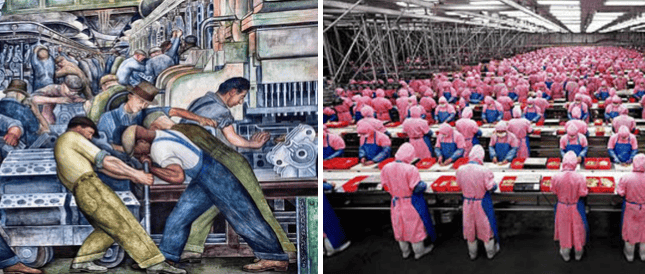The Art of Reading the World: Visual Skills in the Digital Age
Can art and media education truly keep pace with global visual culture? This article questions whether integrating digital remix culture—such as memes and short-form videos—into the curriculum can help students develop critical thinking, visual literacy, and creativity, preparing them for the complexities of the 21st century's image-built world.
Felipe Aristimuño
11/28/20242 min read


We live in a world saturated with images, where visual communication has become increasingly central. Platforms like Instagram, YouTube, and Facebook have transformed the way we interact with the world, creating a new landscape for art education. It is crucial that educators recognize the importance of this change and adapt their pedagogical practices to the digital reality.
Art education cannot be limited to the analysis of traditional artworks alone. It is necessary to broaden horizons and include digital visual culture in the school curriculum. After all, students are constantly exposed to memes, viral videos, infographics, and other forms of visual expression that shape their perceptions and influence their behaviors.
The analysis of remixed images, such as memes, offers rich material for developing essential skills for the 21st century. Through the critical reading of these images, students can:
Understand the social, cultural, and historical context surrounding them: Investigating the origin of images, identifying visual elements, and interpreting their meanings within the context in which they were created.
Develop visual competencies: Learning to decode visual elements such as color, shapes, composition, and body language, and analyzing how they contribute to the construction of meaning.
Enhance communication skills: Expressing ideas critically and creatively, using different visual languages.
Immerse in remix culture: Understanding how images are recreated and reinterpreted in the digital age, questioning concepts of authorship and originality.
It is important to emphasize that the goal is not to create "memes specialists," but citizens capable of interpreting and producing visual messages consciously and critically. The skills developed through the analysis of digital images are valuable in many areas of life, preparing students for the challenges of an increasingly visual world.
Art teachers play a fundamental role in this process. By incorporating digital visual culture into their pedagogical practices, they can:
Create a more engaging and relevant learning environment for students: Using digital tools and platforms that are part of students' world, sparking their interest and encouraging participation.
Expand possibilities for expression and creation: Stimulating students to experiment with different visual languages and produce their own digital content.
Promote dialogue and exchange of ideas: Encouraging collaboration among students and sharing their creations and interpretations.
Art education in the digital age requires a new approach that recognizes the importance of visual culture and integrates new forms of image production and consumption. By adopting this approach, educators will contribute to the formation of individuals who are more critical, creative, and prepared for the challenges of the 21st century.
